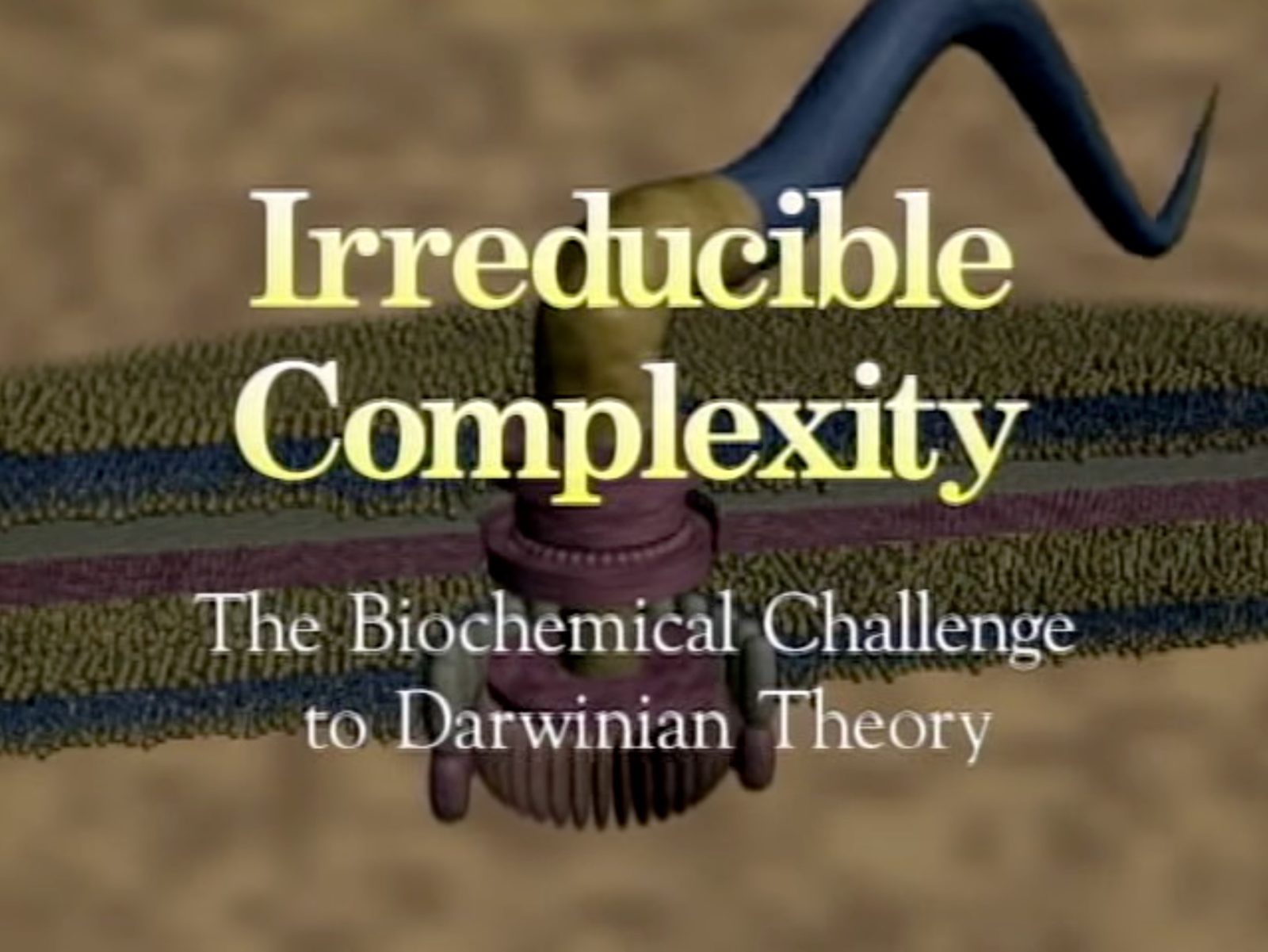In the current debate over “Intelligent Design,” the strongest argument offered by opponents of design is this: we have scientific explanations for most everything else in Nature, what is special about evolution? The layman understands quite well that explaining the appearance of human brains is a very different sort of problem from finding the causes of earthquakes; however, to express this difference in terms a scientist can understand requires a discussion of the second law of thermodynamics.
The first formulations of the second law were all about heat: a quantity called thermal “entropy” was defined to measure the randomness, or disorder, associated with a temperature distribution, and it was shown that in an isolated system this entropy always increases, or at least never decreases, as the temperature becomes more and more randomly (more uniformly) distributed. If we define thermal “order” to be the opposite (negative) of thermal entropy, we can say that the thermal order can never increase in a closed (isolated) system. However, it was soon realized that other types of order can be defined which also never increase in a closed system. For example, we can define a “carbon order” associated with the distribution of carbon diffusing in a solid, using the same equations, and through an identical analysis show that this order also continually decreases, in a closed system. With time, the second law came to be interpreted more and more generally, and today most discussions of the second law in physics textbooks offer examples of entropy increases (or order decreases, since we are defining order to be the opposite of entropy) which have nothing to do with heat conduction or diffusion, such as the shattering of a wine glass or the demolition of a building.
It is a well-known prediction of the second law that, in a closed system, every type of order is unstable and must eventually decrease, as everything tends toward more probable states. Not only will carbon and temperature distributions become more disordered (more uniform), but the performance of all electronic devices will deteriorate, not improve. Natural forces, such as corrosion, erosion, fire and explosions, do not create order, they destroy it. The second law is all about probability, it uses probability at the microscopic level to predict macroscopic change: the reason carbon distributes itself more and more uniformly in an insulated solid is, that is what the laws of probability predict when diffusion alone is operative.
The reason natural forces may turn a spaceship, or a TV set, or a computer into a pile of rubble but not vice-versa is also probability: of all the possible arrangements atoms could take, only a very small percentage could fly to the moon and back, or receive pictures and sound from the other side of the Earth, or add, subtract, multiply and divide real numbers with high accuracy.
The discovery that life on Earth developed through evolutionary “steps,” coupled with the observation that mutations and natural selection — like other natural forces — can cause (minor) change, is widely accepted in the scientific world as proof that natural selection — alone among all natural forces — can create order out of disorder, and even design human brains with human consciousness. Only the layman seems to see the problem with this logic. In a recent Mathematical Intelligencer article (“A Mathematician’s View of Evolution,” 22, number 4, 5-7, 2000), after outlining the specific reasons why it is not reasonable to attribute the major steps in the development of life to natural selection, I asserted that the idea that the four fundamental forces of physics alone could rearrange the fundamental particles of nature into spaceships, nuclear power plants, and computers, connected to laser printers, CRTs, keyboards and the Internet, appears to violate the second law of thermodynamics in a spectacular way.
Anyone who has made such an argument is familiar with the standard reply: the Earth is an open system, it receives energy from the sun, and order can increase in an open system, as long as it is “compensated” somehow by a comparable or greater decrease outside the system. S. Angrist and L. Hepler, for example, in Order and Chaos (Basic Books, 1967), write, “In a certain sense the development of civilization may appear contradictory to the second law…. Even though society can effect local reductions in entropy, the general and universal trend of entropy increase easily swamps the anomalous but important efforts of civilized man. Each localized, man-made or machine-made entropy decrease is accompanied by a greater increase in entropy of the surroundings, thereby maintaining the required increase in total entropy.”
According to this reasoning, then, the second law does not prevent scrap metal from reorganizing itself into a computer in one room, as long as two computers in the next room are rusting into scrap metal — and the door is open. In Appendix D of my new book, The Numerical Solution of Ordinary and Partial Differential Equations, second edition, (John Wiley & Sons, 2005) I take a closer look at the equation for entropy change, which applies not only to thermal entropy but also to the entropy associated with anything else that diffuses, and show that it does not simply say that order cannot increase in a closed system. It also says that in an open system, order cannot increase faster than it is imported through the boundary. According to this equation, the thermal order in an open system can decrease in two different ways — it can be converted to disorder, or it can be exported through the boundary. It can increase in only one way: by importation through the boundary. Similarly, the increase in “carbon order” in an open system cannot be greater than the carbon order imported through the boundary, and the increase in “chromium order” cannot be greater than the chromium order imported through the boundary, and so on.
Read More ›




